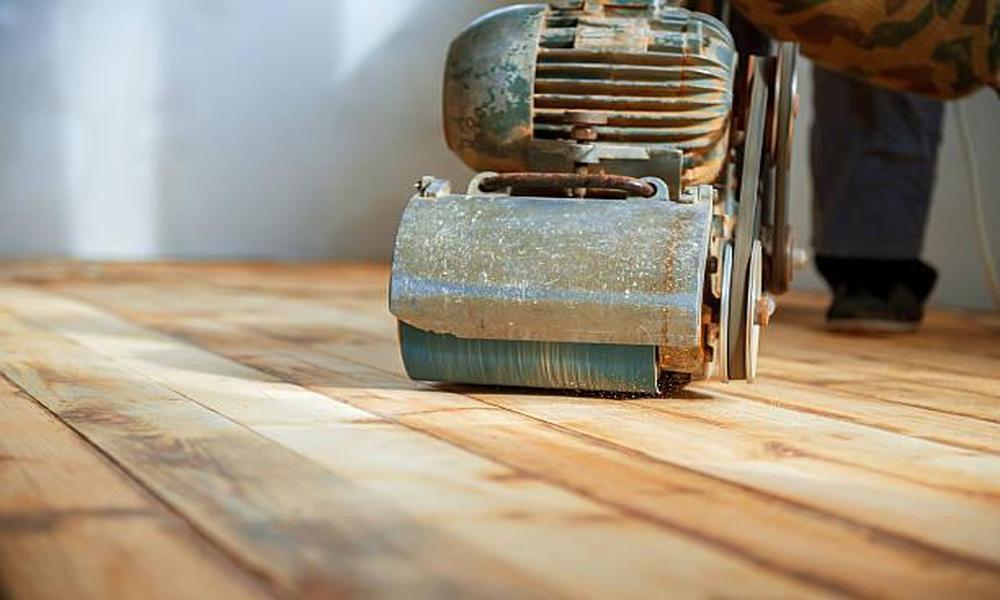How to install flooring in homes?

Floor Installing in your home can be a challenging task, but with the right tools and instructions, it can be done successfully. Here is a general guide on how to install flooring in homes:
Prepare the surface: Before installing any type of flooring, you need to make sure the surface is clean, dry, and level. Remove any old flooring, nails, and staples, and fill in any cracks or holes.
Choose your flooring: Select the type of flooring that best suits your needs and preferences. Some popular options include hardwood, laminate, vinyl, and tile. Make sure to purchase enough flooring to cover the entire area, plus extra for cuts and mistakes.
Acclimate the flooring: It’s important to acclimate your flooring to the room’s temperature and humidity for at least 48 hours before installation. This helps prevent the flooring from expanding or contracting after installation.
Install trim and transitions: Once the flooring is installed, you’ll need to install baseboards, quarter-round, and other trim pieces to cover the gaps around the edges of the room. You may also need to install transition strips between different types of flooring in adjoining rooms.
Finish the floor: Finally, clean up any debris and sweep or vacuum the floor. If you’ve installed hardwood or laminate flooring, you can finish the floor with a coat of sealant or wax to protect it from scratches and wear.
Overall, installing flooring in your home requires careful planning, patience, and attention to detail. If you’re not comfortable tackling this project on your own, it’s always a good idea to hire a professional flooring installer.
What type of flooring is easiest to install?
When it comes to ease of installation, several types of flooring are relatively simple to install. Here are some of the easiest flooring types to install:
Laminate flooring:
Laminate flooring is a popular choice for homeowners who want the look of hardwood without the cost and installation hassle. It’s easy to install because it’s a “floating floor,” meaning the planks are not attached to the subfloor. Instead, they interlock with each other and float over a foam underlayment.
Luxury vinyl plank (LVP) flooring:
LVP flooring is another popular option that’s easy to install. Like laminate flooring, it’s a floating floor that clicks together and sits on top of an underlayment. LVP flooring is also waterproof and highly durable, making it a great choice for kitchens, bathrooms, and other high-moisture areas.
Engineered hardwood flooring:
Engineered hardwood is another flooring option that’s relatively easy to install. The planks are designed to snap together with a tongue-and-groove system and can be installed as a floating floor or glued down. Engineered hardwood is also more stable than solid hardwood, making it less likely to warp or shrink over time.
Carpet tiles:
Carpet tiles are a unique flooring option that’s easy to install because the tiles are self-adhesive and can be placed directly on top of the subfloor. This means you don’t need to worry about carpet padding or tack strips. Carpet tiles are also easy to replace if one or more tiles become damaged.
Overall, these flooring types are all relatively easy to install, but it’s important to note that proper installation techniques are still crucial for achieving a professional-looking result. If you’re not comfortable installing flooring on your own, it’s always a good idea to hire a professional to do the job.
